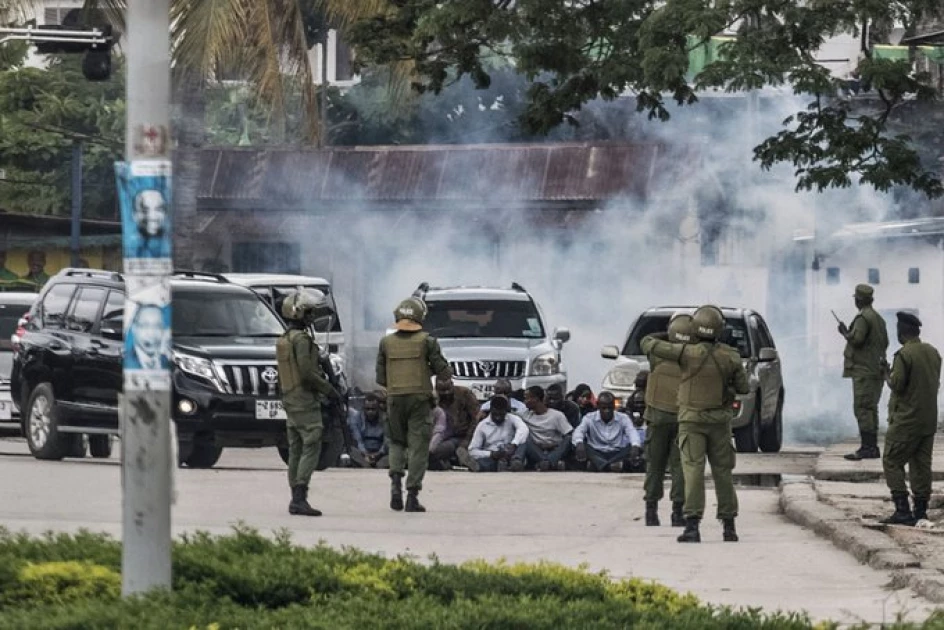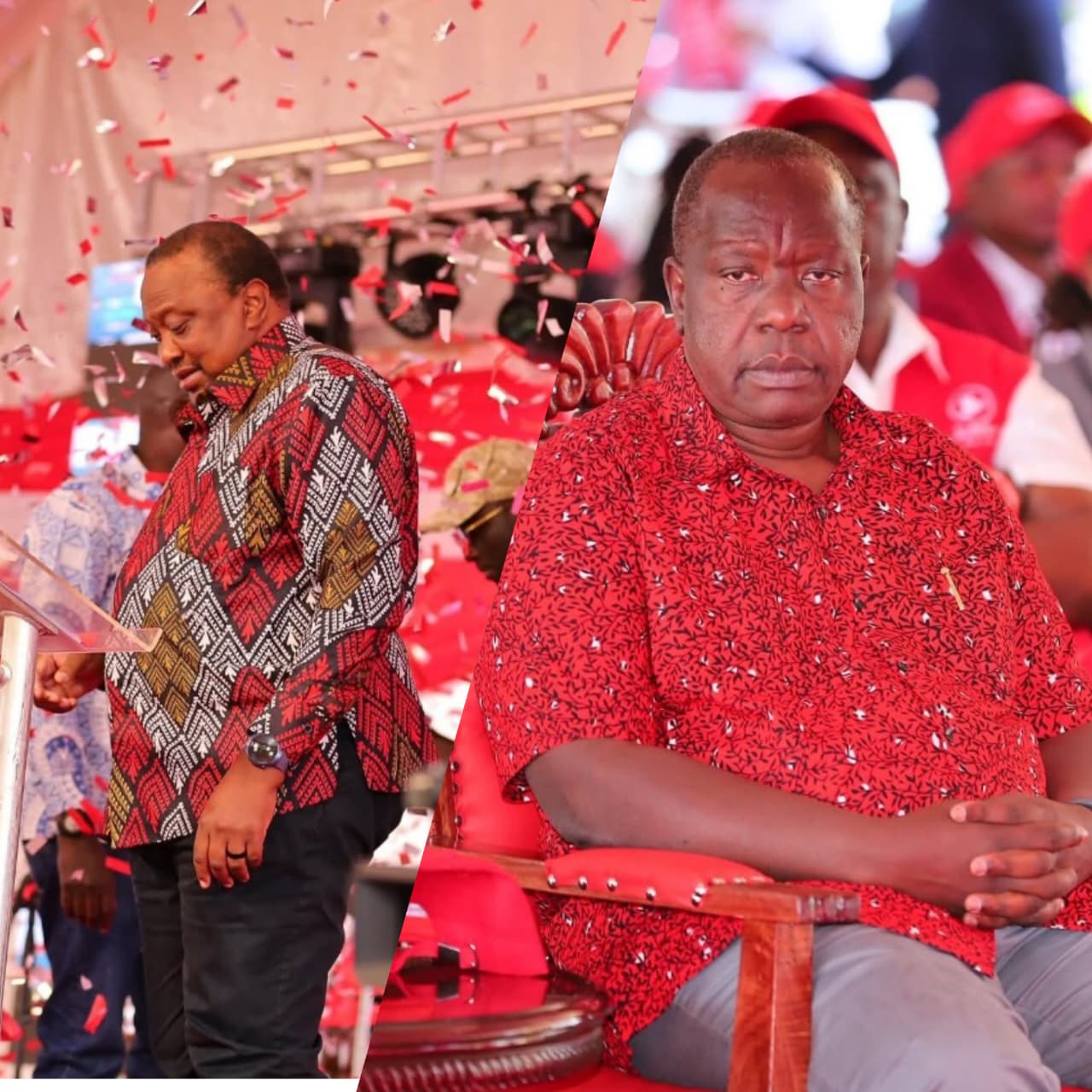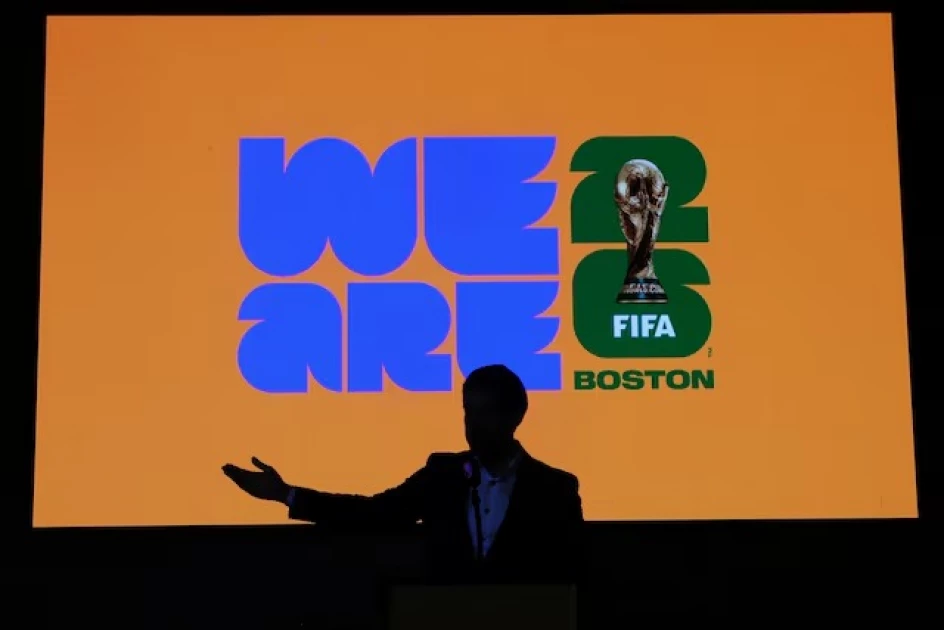Mass Protests Continue in Tanzania against President Samia Suluhu’s Rule

What began as an ordinary Election Day in Tanzania quickly turned into one of the most intense uprisings in the country’s recent history. Instead of calm polling stations and orderly voting, streets from Arusha to Mwanza were filled with angry citizens demanding justice, freedom, and change. The day spiraled into chaos as Tanzanians abandoned the ballot boxes and took to the streets, transforming the national poll into a defining moment of defiance against President Samia Suluhu Hassan’s government.
Thousands poured into highways, markets, and business districts, not to vote, but to protest what they viewed as a rigged process and years of suppression. Witnesses described scenes of burning polling stations, destroyed billboards, and overturned vehicles as demonstrators clashed with police. The intensity and coordination of the protests shocked both local authorities and observers worldwide.
What Sparked the Outrage Across Tanzania?
Many Tanzanians said they had grown frustrated by economic struggles, restrictions on dissent, and the government’s treatment of opposition leaders. Their anger reached a breaking point on Election Day. Protesters ripped up campaign materials, stormed pro-government offices, and shouted slogans echoing across cities: “Bongo kama Nepal!” a chant comparing their uprising to past revolutions abroad.
As the protests spread, the U.S. Embassy in Tanzania issued a safety alert, warning its staff: “U.S. Government personnel are advised to shelter in place at their residences. Avoid demonstrations. Avoid crowds. Keep a low profile. Monitor local media for updates. Be aware of your surroundings.”
By evening, President Suluhu ordered a nationwide internet shutdown and imposed a dawn-to-dusk curfew to contain the unrest. But the movement had already gained momentum. Reports emerged of at least five deaths, while a diplomatic source told Reuters that “at least 10 people had been killed in Dar es Salaam alone.”
How Did Tanzanians Keep the Movement Alive?
With social media blocked, protesters turned to Zello, an app that turns smartphones into walkie-talkies, to coordinate their next moves. This digital workaround helped demonstrators outsmart restrictions, keeping their voices alive and their protests organized.
“This is unique, instead of protesting the results of an election, they are protesting the election itself!” wrote Kenyan MP Caleb Hamisi on X. Former Makueni Governor Kivutha Kibwana added, “The spirit of Nyerere has entered into Tanzanian GenZ and Tundu Lissu. They are demanding their country back. All of East Africa & indeed Africa say NO REFORMS, NO SHAM ELECTIONS.”
Exiled Tanzanian activist Maria Tsarungi Tsehai called it “a historic day in #Tanzania because the people overcame fear and took to the streets to protest what @SuluhuSamia and her cronies had violently and illegally named an ‘Election’.” She also noted the date’s deep symbolism: October 29 marks the day Tanganyika and Zanzibar united to form Tanzania, and coincidentally, it is also John Magufuli’s birthday.
As the fires dimmed and curfews took hold, one truth became clear: Tanzanians had finally spoken. Though Suluhu’s government remains in power, the events of that day marked a new chapter in the nation’s political awakening, one written in courage, resistance, and the unyielding hope for real democracy.
By Lucky Anyanje









